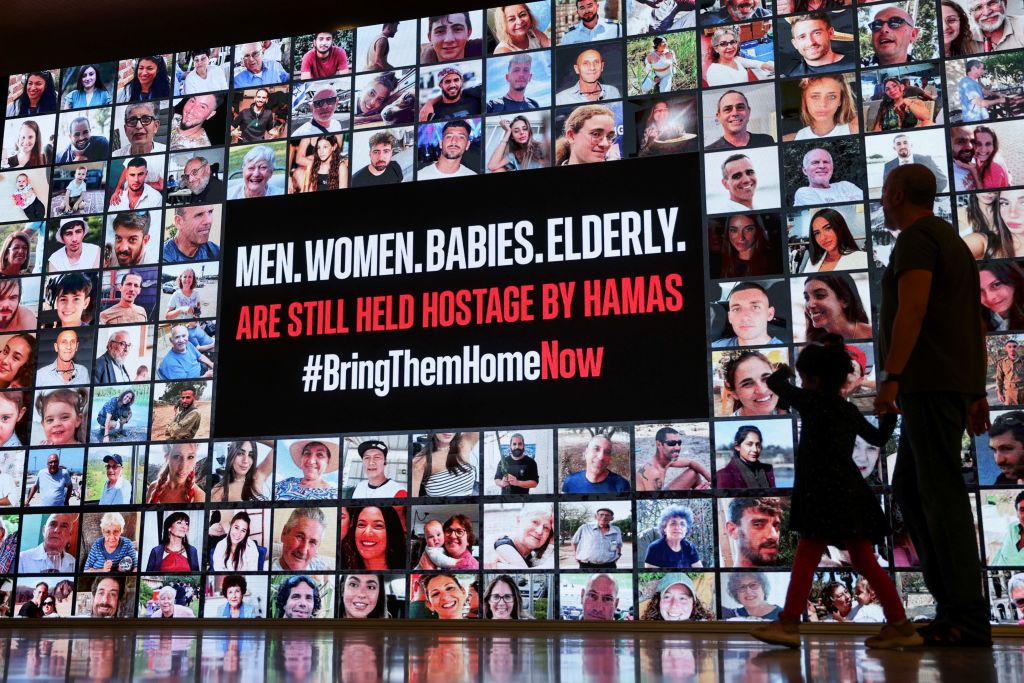60 years later, Eichmann’s trial is still shaping how we discuss the Holocaust

Man In A Glass Booth: Adolf Eichmann on trial. Image by Israeli Government Press Office
This week, we commemorate the 60th anniversary of the opening of the Jerusalem trial of Adolf Eichmann. This event was the most significant moment in the evolution of addressing the Holocaust in the post-World War II period.
At the end of World War II, there was a surge of attention to the Shoah fueled by the first pictures of the liberation of the camps, the horrendous images of bodies piled up and scrawny survivors, the Nuremberg Trials and the debates at the United Nations about creating a Jewish state.
And there was some discussion of the Holocaust in Israel in the 1950s. Yad Vashem, the first museum dedicated to the memory of the Holocaust, was founded in 1953, and the country underwent a violent debate as to whether it should accept reparations from the German government. But beyond these points of conversation, and broadly outside Israel, conversation about the Holocaust largely ceased.
Part of the reason: survivors who had been traumatized by were often reluctant to discuss their experience even with their own families, let alone with the public at large.
All of which set important context for the beginning of the Eichmann trial on April 11, 1961.
Israel had grabbed the world’s attention by seizing the Nazi official in Argentina. Once it became clear that they would conduct a serious trial of the Nazi, one in which, in seeking to bring justice against the architect of the Final Solution, witnesses would give personal accounts of their experience of genocide, the atmosphere changed dramatically. It was as if the world suddenly woke up to the fact that the greatest mass murder in human history had actually taken place in supposedly civilized Europe.
The trial, which lasted more than half a year, drew massive media attention. Reporters from all over the world covered it. The subject of the Holocaust was never the same again. Holocaust survivors, having seen their fellow survivors testifying, began to open up about what they had experienced. People who had been reluctant to discuss their trauma became eager over time to find vehicles to share their stories.
When the ADL Hidden Child Foundation in the early 1990s announced they were organizing an international conference in New York for those who had been hidden and saved by their non-Jewish neighbors, they thought at best that a few hundred people would attend. Instead, 3,000 hidden children indicated they would attend. Nearly 50 years after the end of the Shoah, survivors, rather than burying their experiences, wanted to come together around them. It’s hard to imagine how that might have come to be were it not for the Eichmann trial.
The same is true for Holocaust education, as well as discussions of whether such awful events could happen again, to Jews or other communities. When the U.S. Holocaust Memorial Museum in Washington D.C. opened in 1993, it served the purpose of depicting how centuries of antisemitism had led to the murder of one third of the Jewish people, but also of warning against any form of hate that could culminate in genocide.
Looking back 60 years, we should thank the government of Israel and all those who participated in the trial for generating the most significant transformative moment in the history of the Shoah’s aftermath.
Ken Jacobson is Deputy National Director of ADL (the Anti-Defamation League).

I hope you appreciated this article. Before you go, I’d like to ask you to please support the Forward’s award-winning journalism this Passover.
In this age of misinformation, our work is needed like never before. We report on the news that matters most to American Jews, driven by truth, not ideology.
At a time when newsrooms are closing or cutting back, the Forward has removed its paywall. That means for the first time in our 126-year history, Forward journalism is free to everyone, everywhere. With an ongoing war, rising antisemitism, and a flood of disinformation that may affect the upcoming election, we believe that free and open access to Jewish journalism is imperative.
Readers like you make it all possible. Right now, we’re in the middle of our Passover Pledge Drive and we still need 300 people to step up and make a gift to sustain our trustworthy, independent journalism.
Make a gift of any size and become a Forward member today. You’ll support our mission to tell the American Jewish story fully and fairly.
— Rachel Fishman Feddersen, Publisher and CEO
Join our mission to tell the Jewish story fully and fairly.
Only 300 more gifts needed by April 30
























